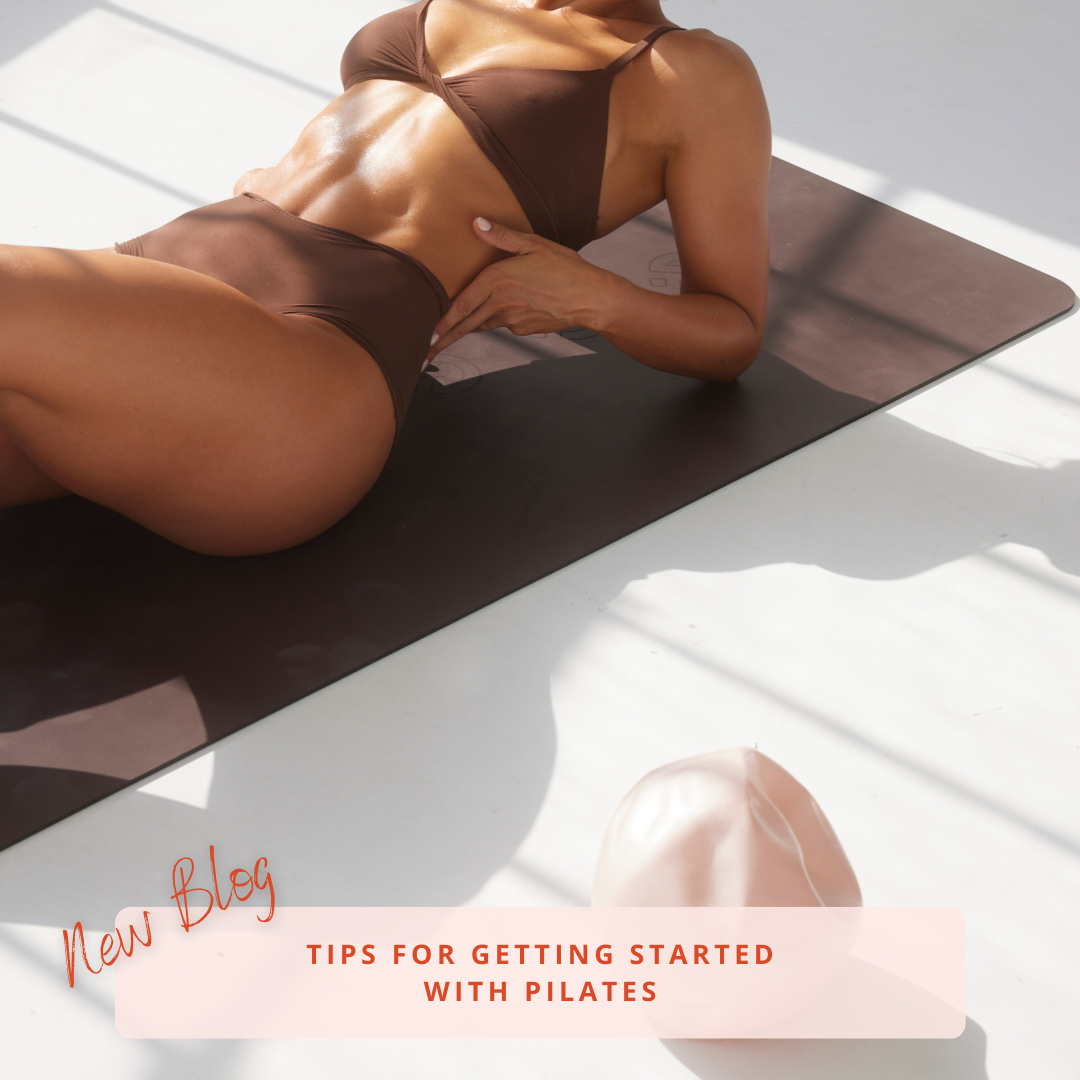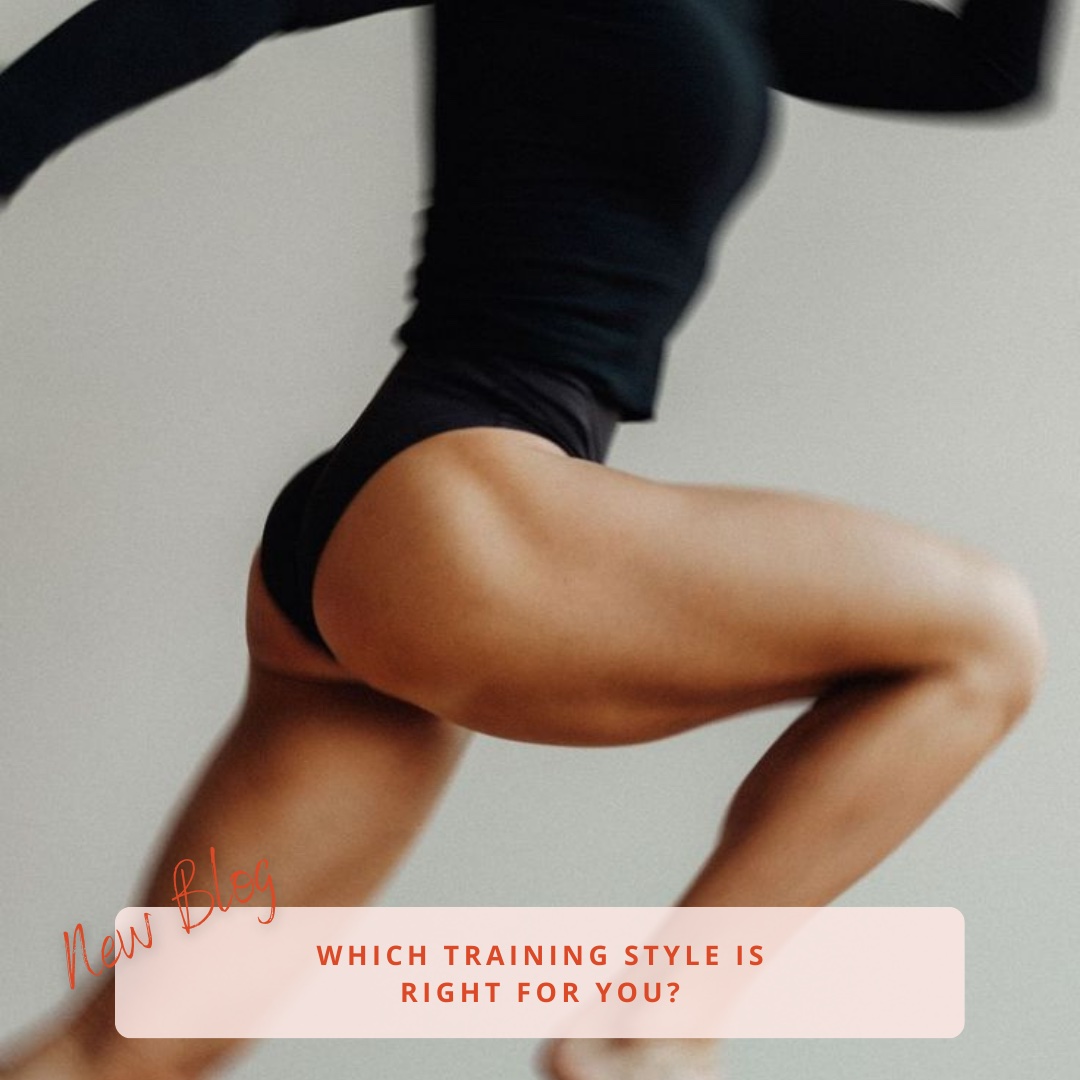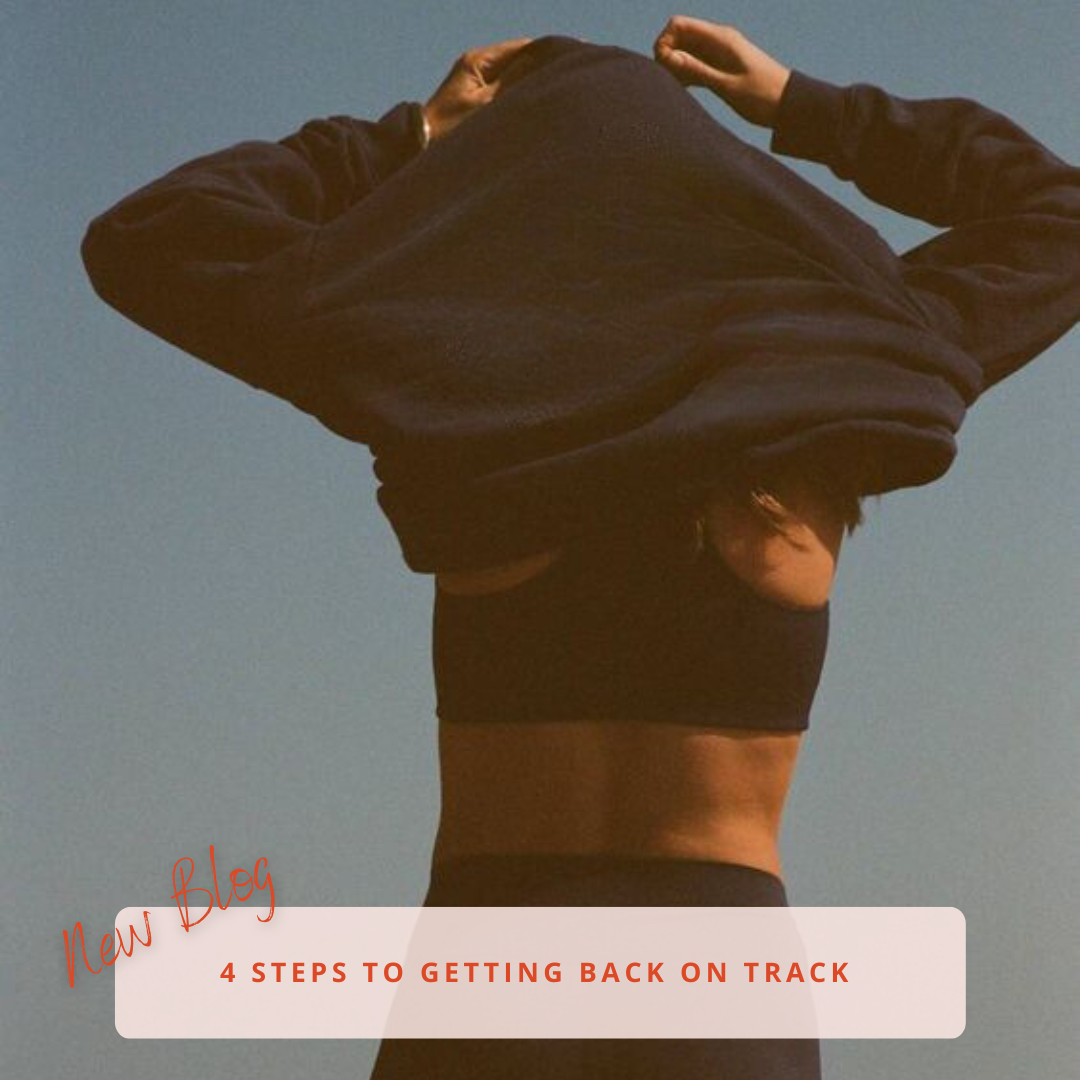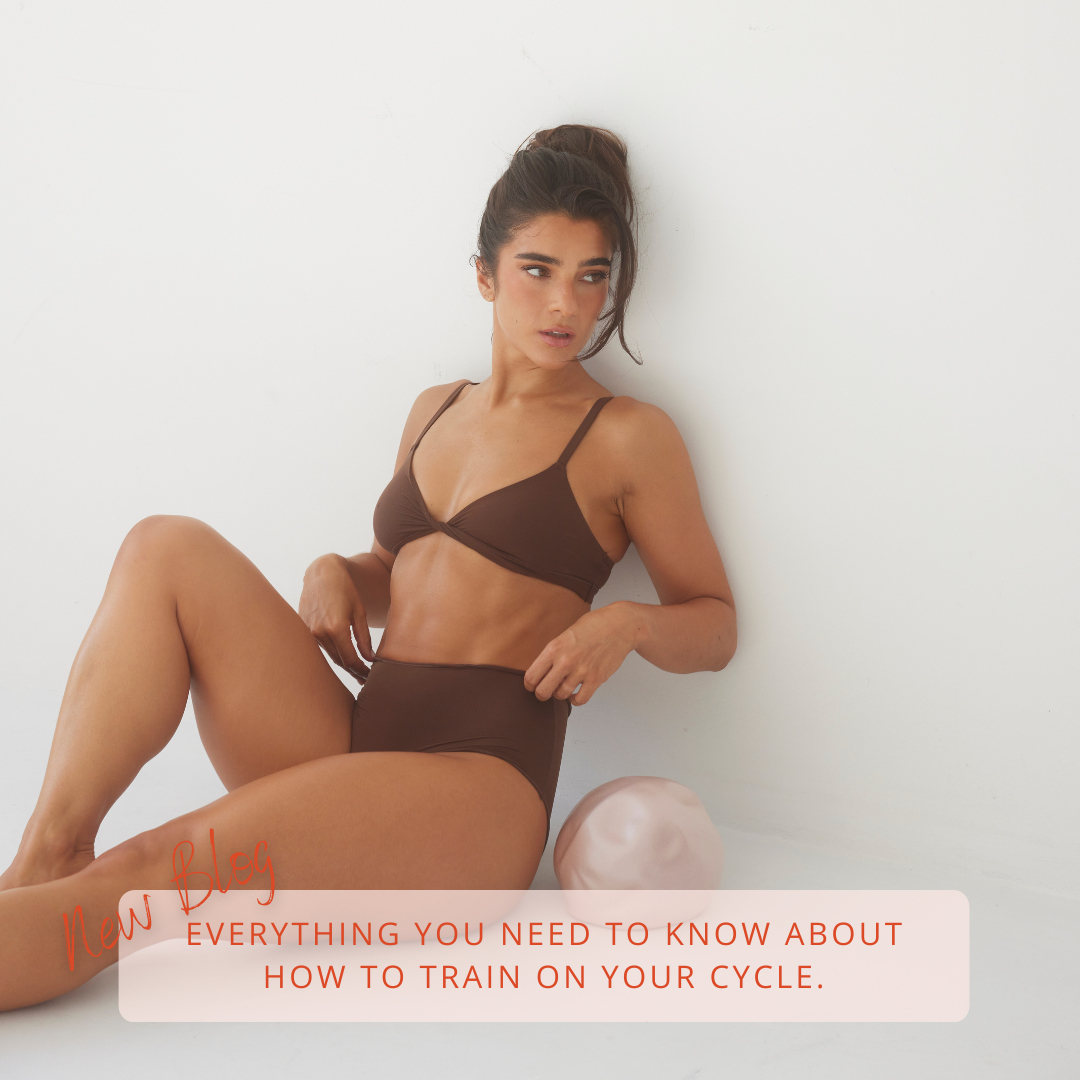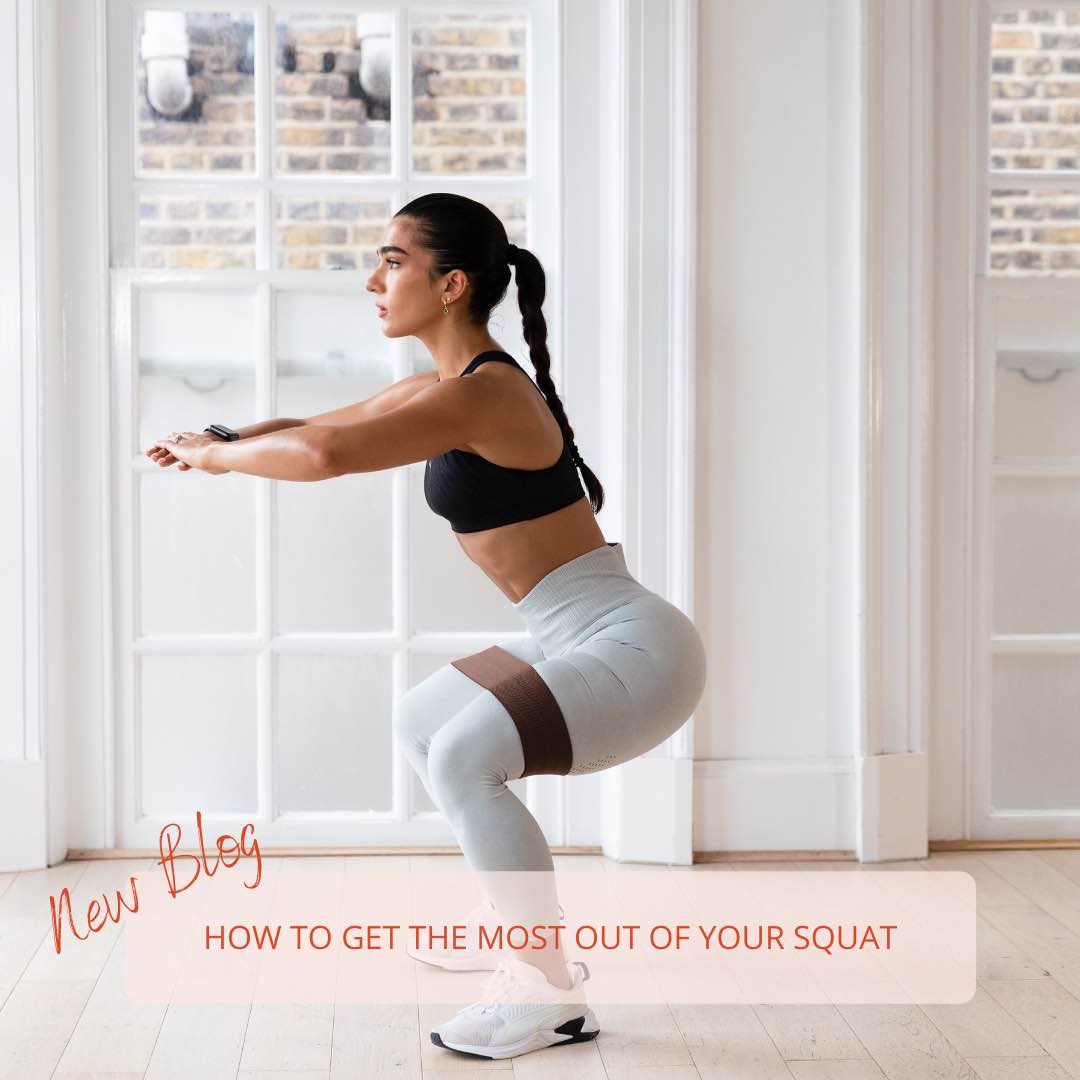
How To Get The Most Out Of Your Squat
1. Don’t neglect mobility drills and warm up work
We all know about the importance of stretching but it’s actually mobility work that will get you the most ‘bang for your buck’ when it comes to improving your squat. Active warm ups featuring targeted mobility drills should be done before every workout, not just before squatting. This is why WeGLOW workouts always have proper warm ups along with a whole section dedicated to mobility, stretching and foam roller work. When it comes to squatting hip and ankle mobility drills will be most useful – poor mobility in both of these areas can affect your squat performance. Lack of hip mobility will reduce your squat depth and could even cause pain in your lower back when squatting, whilst lack of ankle mobility prevents your knees from travelling over your ankles and causes your chest to pitch forward. Movements like Hip CAR’s, Sumo Squat to Stand and Deep Lunges all help to open up your hips and allow you to get deeper in your squat. Similarly, Ankle CAR’s, Active Dorsi-flexion and Banded Ankle Mobilisation are a few ankle mobility drills we’d recommend.
2. Find the balance between not “ego lifting” but challenging yourself when necessary
A squat is one of the most fundamental compound lifts. There’s a reason this movement is recommended over and over again – because it works! However, to see results from this movement you need to strike a balance between two things: correct form and progressive overload. Progressive overload means lifting heavier over time – simply put, it means challenging yourself continually! On the flip side – you should never lift so heavy that you compromise your form entirely. When we do this, we are not successfully engaging the muscle(s) we are trying to work. If we’re not doing that then we’re not going to see results from performing that movement. Do not expect to have perfect form for every rep when you are challenging yourself with a new weight – but do expect to have solid reps for about 80% of the set.
3. Wear proper footwear
This might seem like a minor point but the type of footwear you wear – particularly when doing compound lifts like squats, deadlifts or lunges – plays an important role in maximising your performance in these exercises. For squats especially, always opt for a flat soled shoe (or even bare feet). Trainers today often have a chunky sole and heel – this creates an imbalance in weight distribution which impacts your ability to squat (or deadlift) properly.
4. Scale back the movement if needed
Everyone was a beginner once – there’s no point in performing a movement too advanced too early and potentially injuring yourself. Start at the beginning and build up. This might look like a bodyweight squat or goblet squat to start, rather than jumping straight into a barbell squat. Once you’ve gained confidence with the movement pattern you can look at progressing to a barbell squat. At which point, utilising a box and safety guards could be a good idea to instil a little more confidence when initially using a barbell.
5. Have someone (or something) to watch your back
Having a partner or gym buddy isn’t just great for motivation and accountability, they can be a real asset when it comes to testing your limits during certain lifts – most notably squats. Even if you’re not doing the same workout – employing a friend in the gym to quickly spot you when doing a squat, film you or spot errors in technique can help give you that sense of security when lifting heavier. Alternatively, if you don’t have a gym buddy then definitely make use of safety guards or straps in a squat rack when squatting to ensure you are lifting safely.



